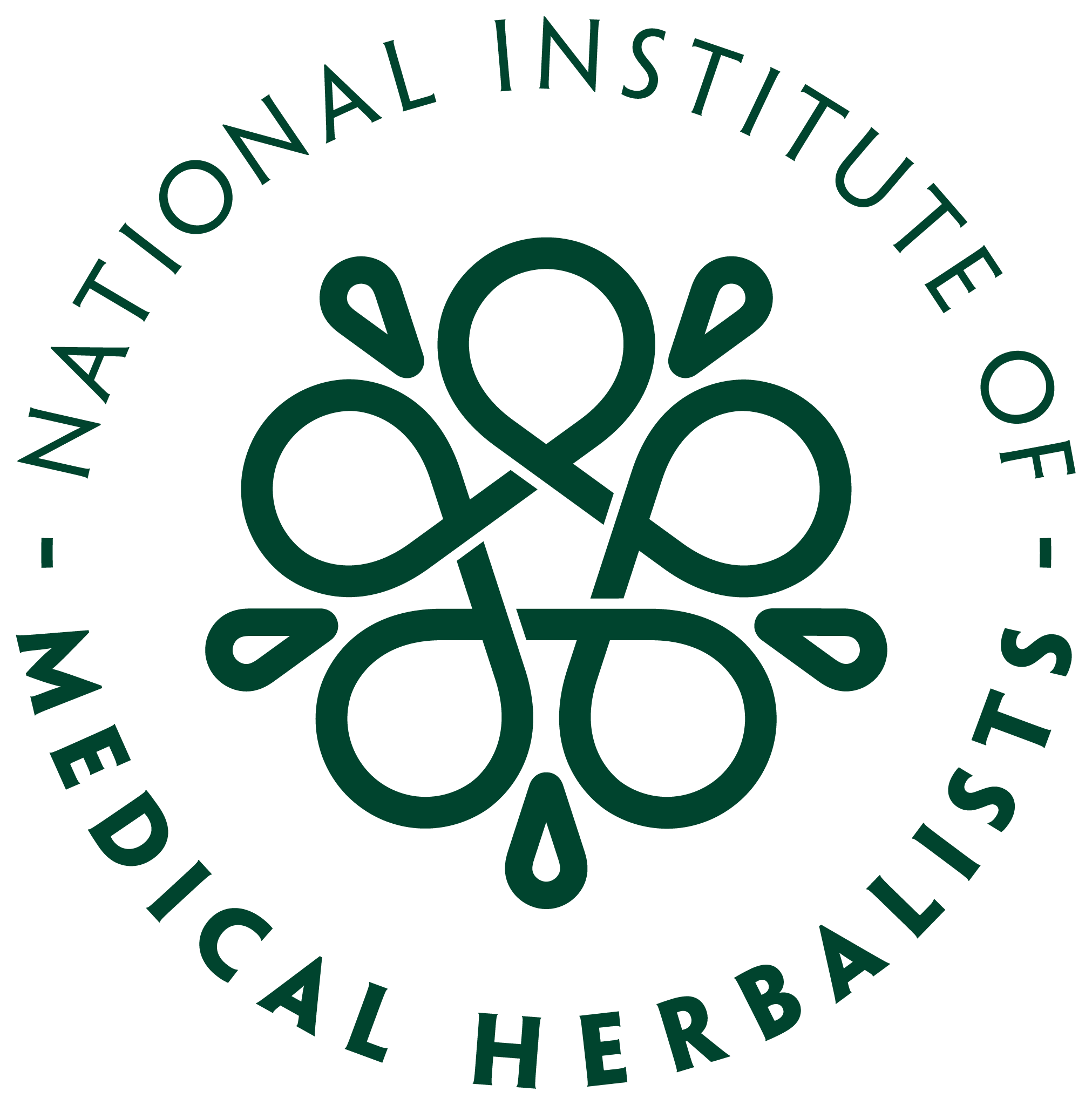
Symphytum officinale
Boraginaceae
Available as
Click on an icon to navigate to the page:
Medicinal
This herb has a long tradition as an effective tissue healer. One of comfrey's common names is ‘Knitbone’ which gives us a clue as to what was one of these traditional uses. The allantoin that it contains has been shown to stimulate the cells responsible for collagen, cartilage and bone formation. As use of comfrey may accelerate the healing process, its use on open wounds should be avoided in case it causes the wound to heal from the top down, thereby trapping any infection inside. Historically it would also have been used to treat digestive problems such as gastric ulcers and colitis, but as comfrey contains ingredients that are thought to be harmful to the liver, it is no longer used as an internal medicine.

Caution: External use only. Do not apply to open wounds.
Please note: The information provided here is for educational interest only and is not intended to be used to diagnose or treat significant health problems. Any serious or long-term health concerns should always be discussed with a healthcare professional.
See our blog for more information about the National Institute of Medical Herbalists
Growing
• Grown from seed: No• Propagation: Cuttings & Division
• Maintenance: (See Jekka's Blogs on Early Spring, Late Spring, Summer and Autumn maintenance)
• Harvest: N/A
Details
• Aspect: Sun, Partial Shade• Soil type: Chalk, Sand, Clay, Loam
• pH: Universal pH
• Habit: Upright
• Flowering colour: White, Purple Pink
• Flowering time: Summer
• Uses: Medicinal (Read Jekka's Guide To Medicinal Herbs for more information)
• Attracts pollinators: No
• Container suitability: No
• UK native: Yes
• Caution: Do not take Comfrey internally unless prescribed. The leaves can cause contact dermatitis
Jekkapedia
Symphytum officinale, Comfrey
Family: Boraginaceae
Genus: Symphytum
• Hardiness: H7 (-20 and below)
• Type: Herbaceous Perennial
• Height: up to 1m
• Spread: up to 1m
Comfrey can be seen at the herb farm in Jekka's Herbetum and is available to buy as herb plants.



